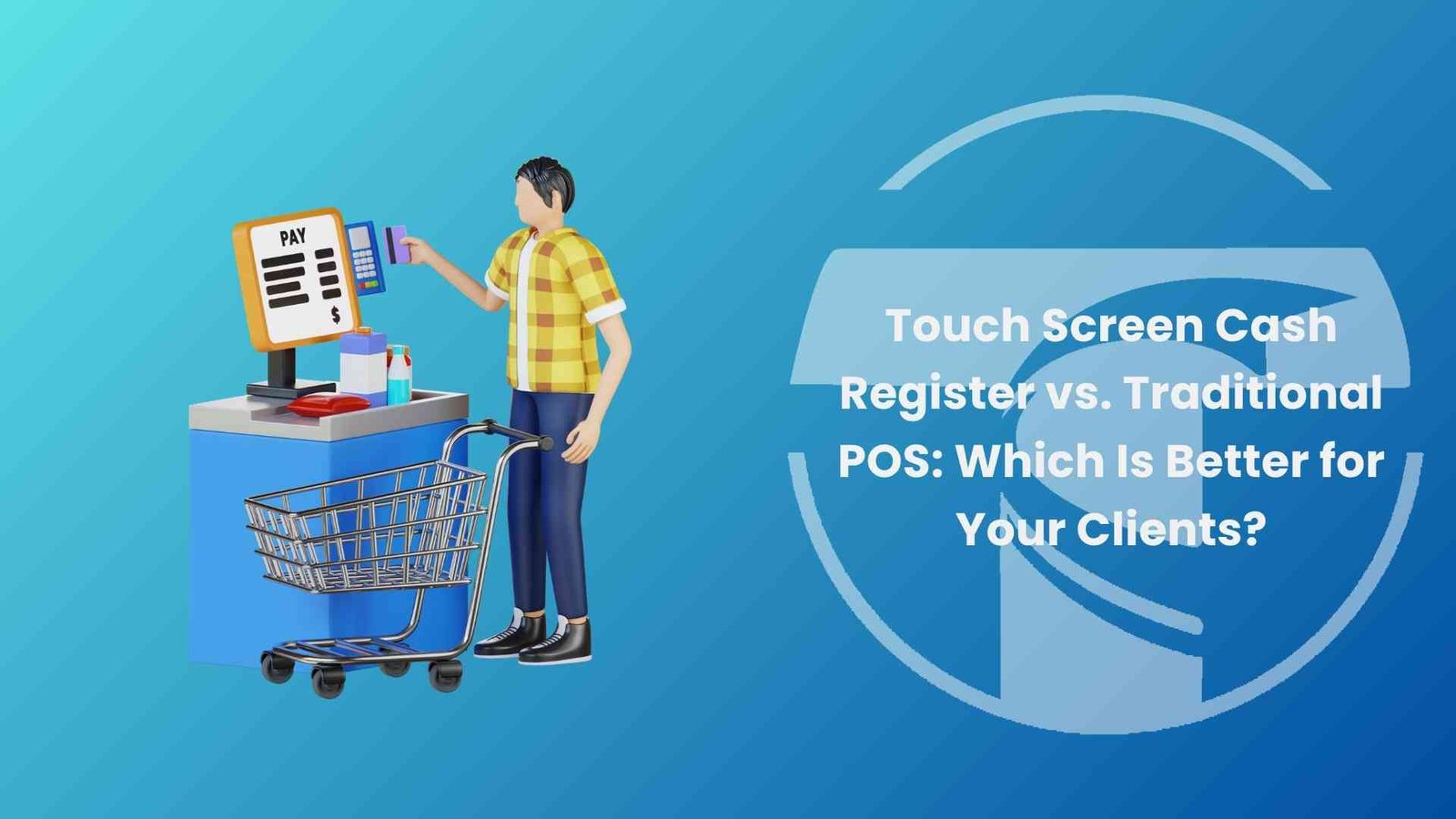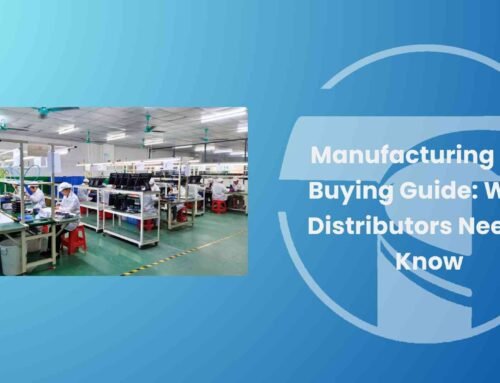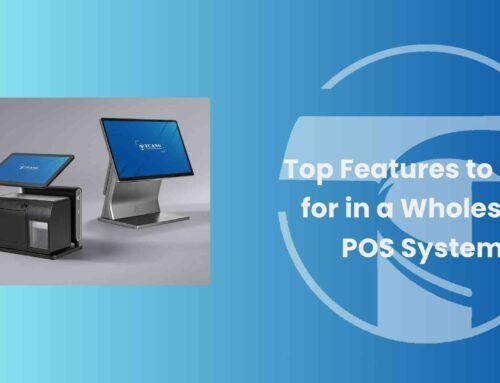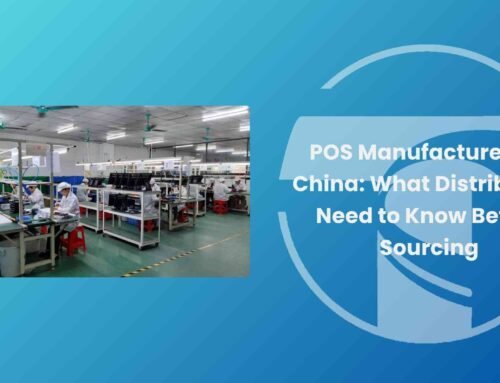When it comes to choosing the right point-of-sale (POS) system for your clients, there’s an increasing debate between traditional POS systems and the more modern touch screen cash register solutions. Both options have their advantages and can be suited for different types of businesses, but understanding which one best meets your clients’ needs can be a game-changer for their operations. In this article, we’ll explore the key differences between a touch screen cash register and a traditional POS system to help you make an informed decision.
What is a Touch Screen Cash Register?
A touch screen cash register is a modern POS system that uses a touch-sensitive screen to process transactions, manage sales, track inventory, and handle customer information. Unlike traditional POS systems that rely on physical buttons and separate devices (like receipt printers), a touch screen cash register integrates everything into one sleek and user-friendly interface. This system has become popular in retail stores, restaurants, cafes, and various service-based businesses due to its ease of use, speed, and advanced functionalities.
Traditional POS: A Tried-and-True System
Traditional POS systems are the classic registers used in many businesses for decades. These systems often feature physical keypads, receipt printers, and separate devices to manage sales transactions. While they are reliable and simple, they lack the flexibility, customization, and ease of use that modern systems offer. Traditional POS systems often require more training for employees, have slower transaction times, and may not have built-in features for modern business needs like inventory tracking, real-time data analysis, and customer relationship management.
Key Benefits of Touch Screen Cash Registers
- User-Friendly Interface
One of the most significant advantages of a touch screen cash register is the intuitive interface. Employees can quickly learn to navigate the system, making it ideal for fast-paced environments. The touch screen’s visual interface reduces training time and minimizes errors during transactions. - Faster Transactions
Touch screen cash registers allow for quicker transactions by enabling users to simply tap on the screen instead of manually typing in codes or using physical buttons. This is especially important in high-volume businesses like restaurants or retail stores, where speed is essential to maintain customer satisfaction. - Advanced Features and Integrations
Modern touch screen cash registers come with advanced features such as inventory management, real-time reporting, and customer relationship management (CRM) tools. These features are often integrated into the system, providing businesses with more powerful tools for tracking sales trends, managing stock levels, and improving customer service. - Customizability
Many touch screen cash register solutions offer customization options, allowing businesses to tailor the software to their specific needs. From custom buttons for popular items to personalized sales reports, the system can be adapted to streamline operations and improve efficiency. - Space Efficiency
Unlike traditional POS systems, which require multiple pieces of hardware, the touch screen cash register combines all functions into one device, saving valuable counter space in smaller shops or retail environments.
Why Traditional POS Might Still Be the Right Choice
While touch screen cash registers offer several advantages, traditional POS systems still have their place in the market. Some businesses, especially those in specific niches or with simpler needs, may find traditional POS systems to be more cost-effective and sufficient for their operations. Here are a few reasons why traditional POS might be preferred:
- Lower Initial Cost
Traditional POS systems are generally less expensive upfront compared to advanced touch screen cash register solutions, which often require more expensive hardware and software integration. - Simplicity for Small Businesses
For small businesses that don’t need advanced features like inventory management or CRM tools, traditional POS systems can offer a simpler, more straightforward solution for handling basic sales transactions. - Reliability and Durability
Traditional POS systems have a reputation for being incredibly reliable. Their hardware is often built to last and is less susceptible to technical failures compared to newer, software-driven systems.
Which Is Better for Your Clients?
Ultimately, whether a touch screen cash register or traditional POS system is the better choice depends on your clients’ business model and needs. Here’s a quick breakdown:
- Choose a touch screen cash register if your client values advanced features, such as inventory management, faster transactions, and ease of use. It’s perfect for businesses that are growing, have high transaction volumes, or need more functionality in their POS system.
- Choose a traditional POS system if your client runs a small business with simpler needs and is looking for a budget-friendly solution. These systems are ideal for businesses that don’t need advanced features and are focused on basic transaction processing.
Conclusion
Both touch screen cash registers and traditional POS systems have their unique advantages. A touch screen cash register is a modern, customizable, and highly efficient solution that meets the needs of businesses seeking advanced functionality and quick transactions. On the other hand, traditional POS systems remain a reliable and cost-effective option for businesses with simpler needs. By understanding your clients’ specific requirements and business goals, you can recommend the POS solution that will best serve their operations and help them achieve success.







Leave A Comment